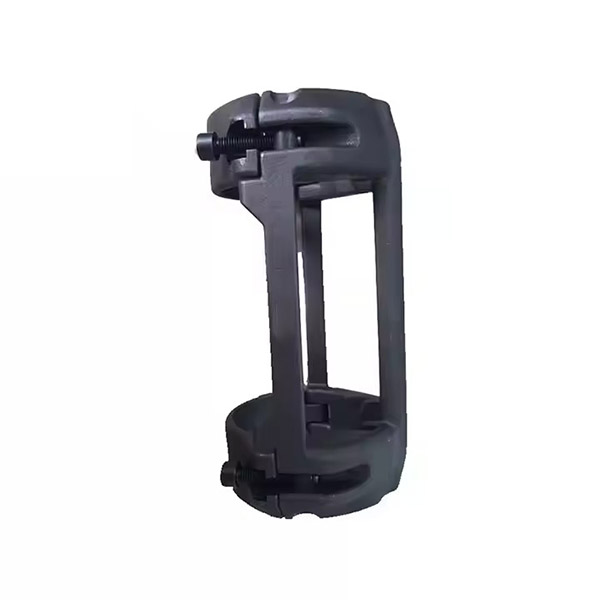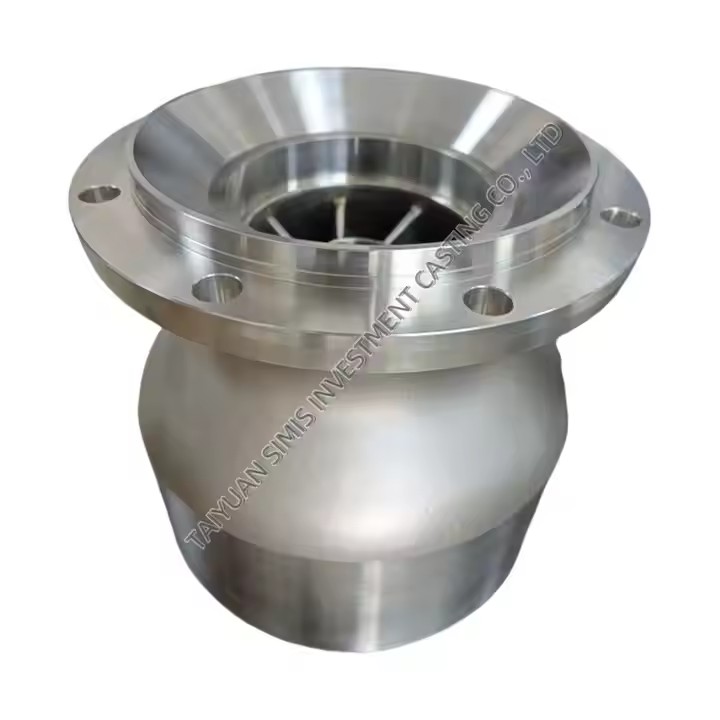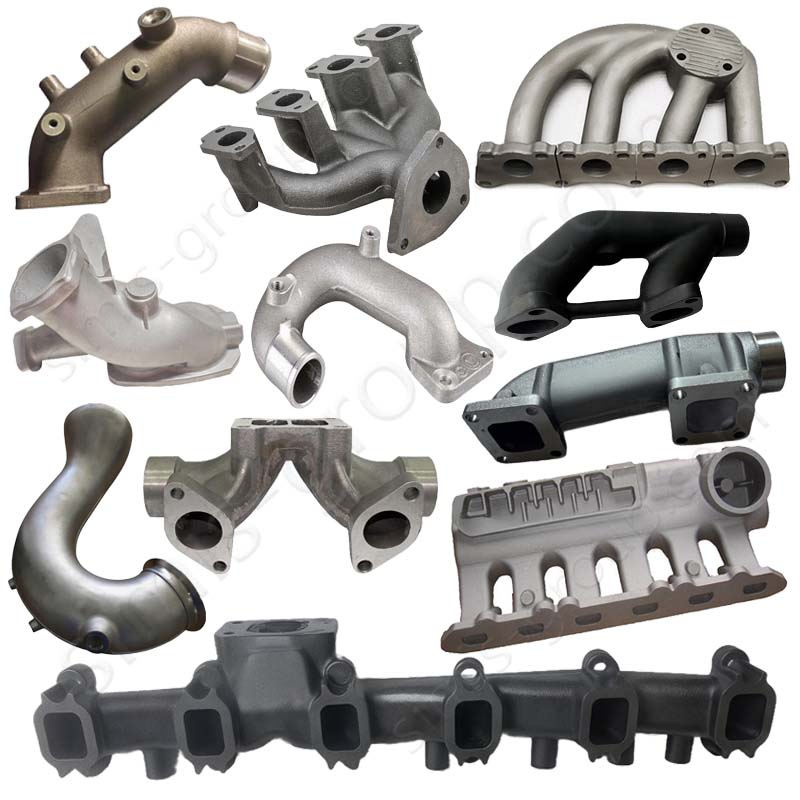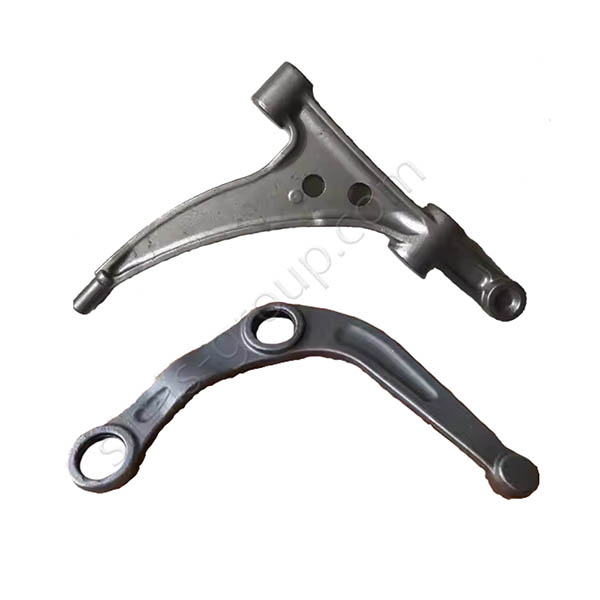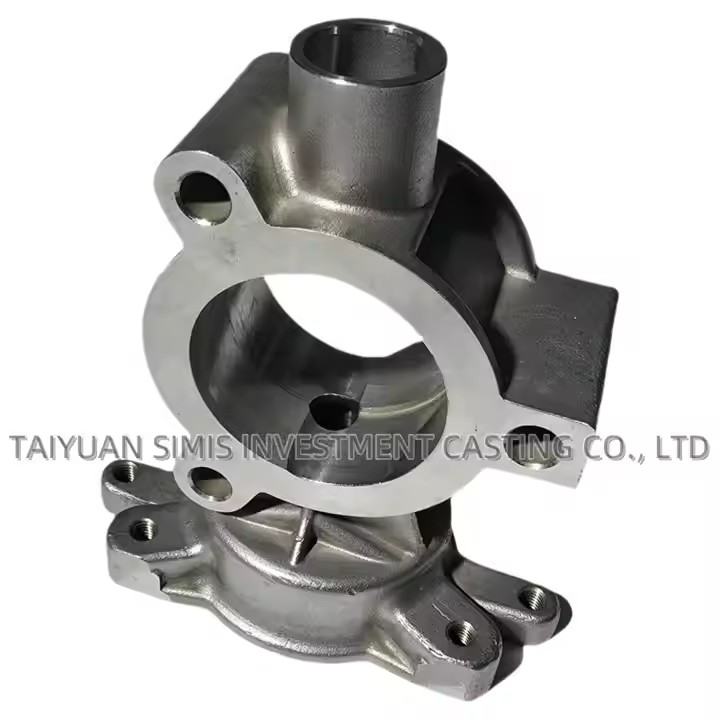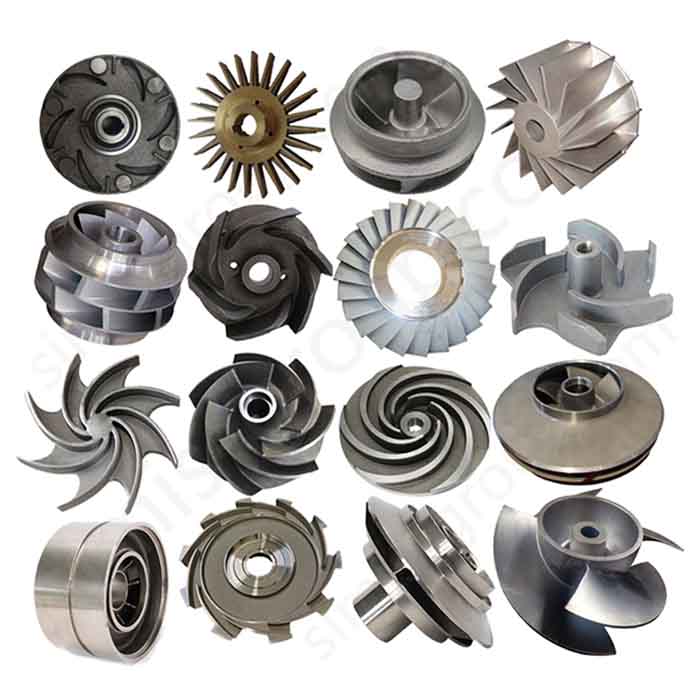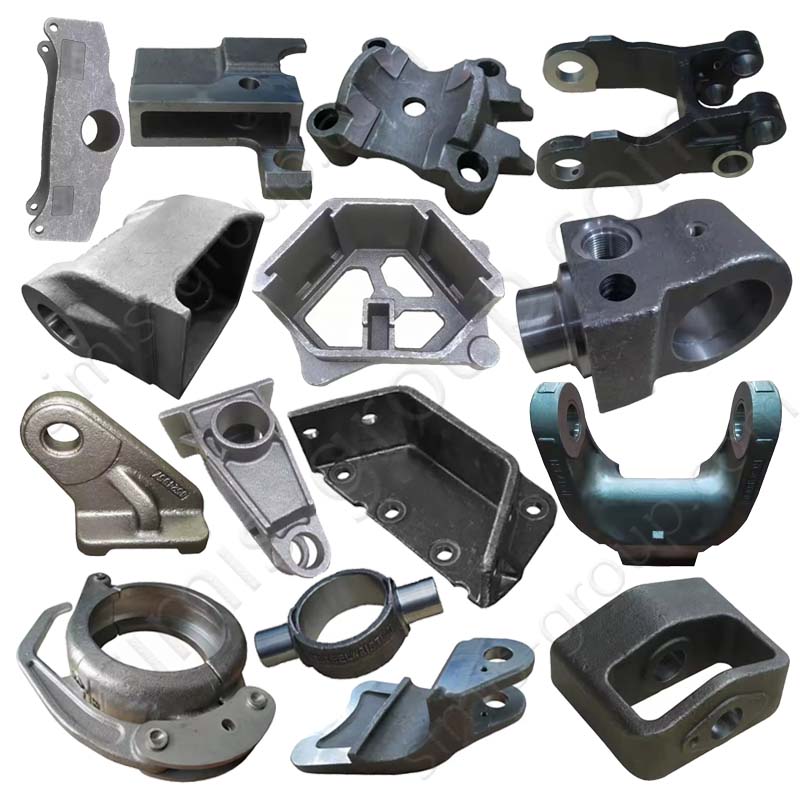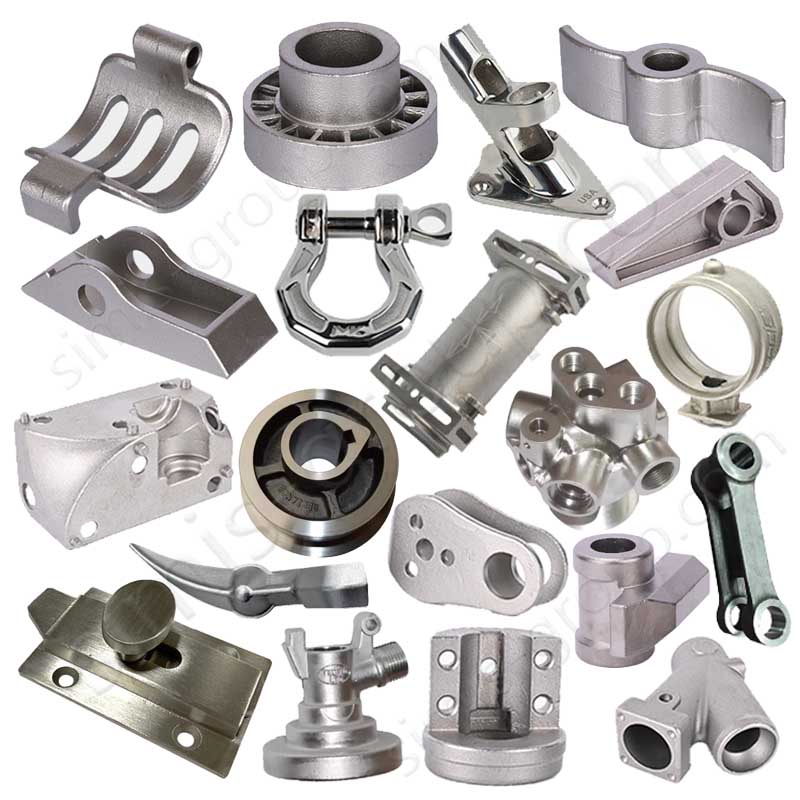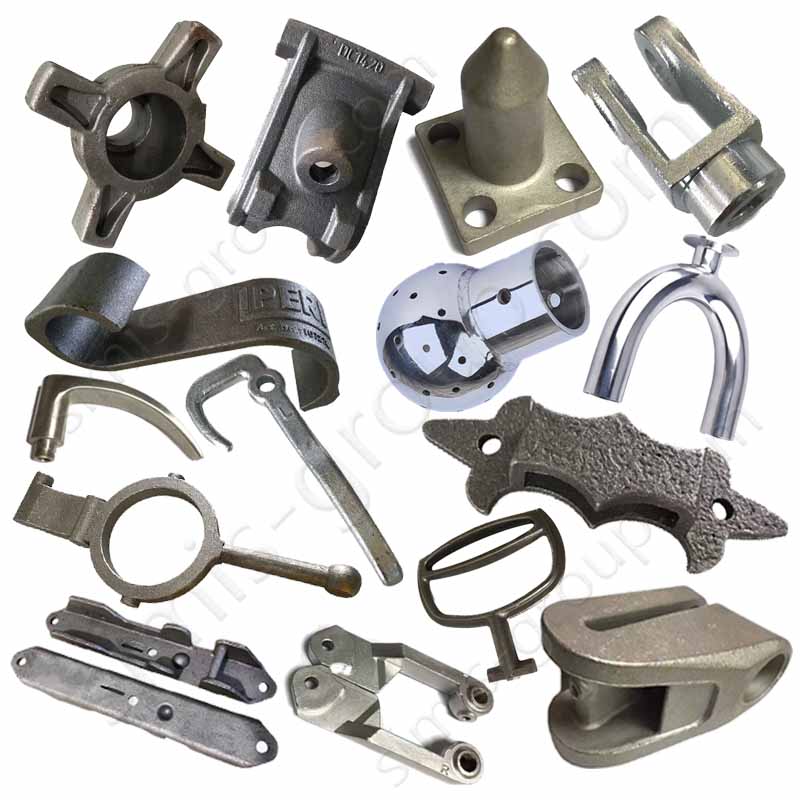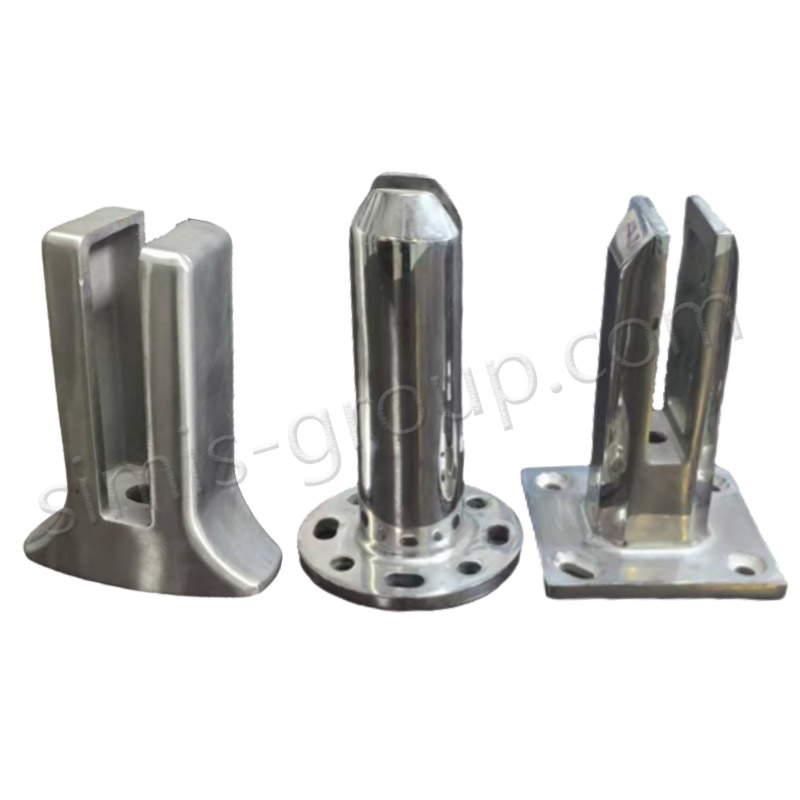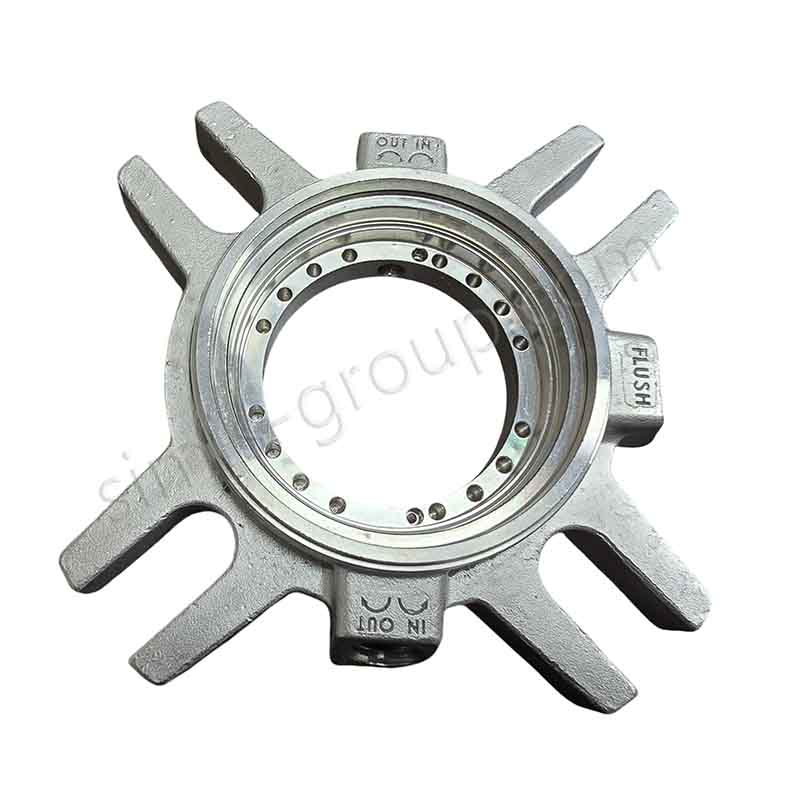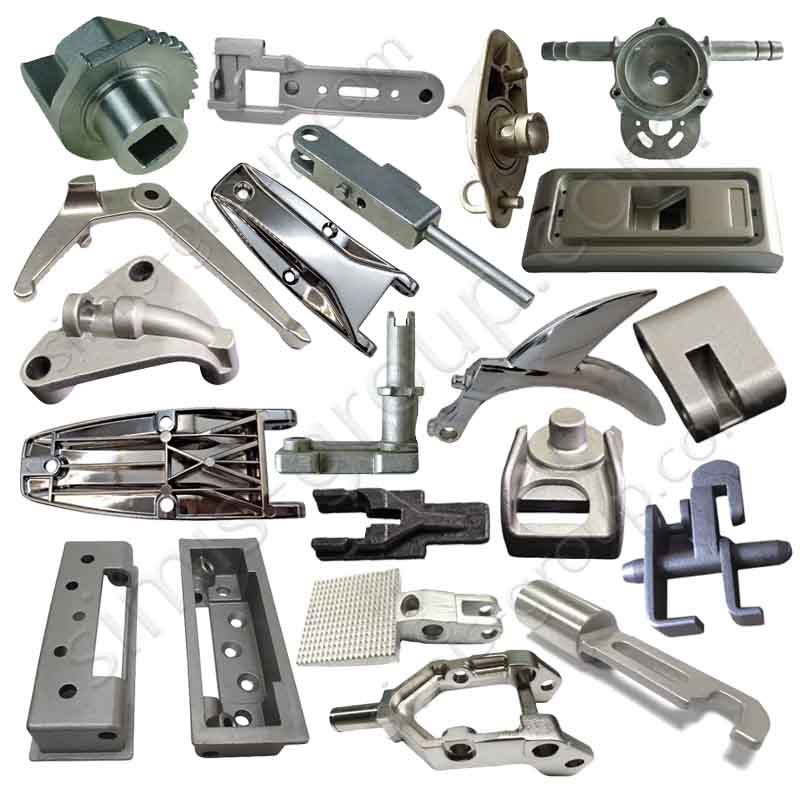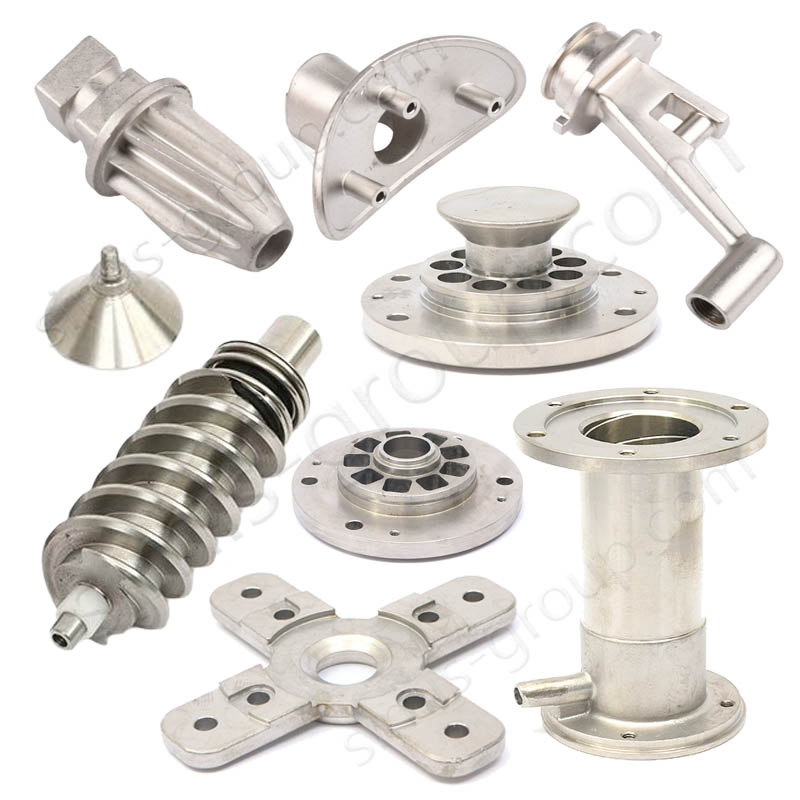Why do investment castings have the best surface finish?
As a casting engineer with many years of experience in the foundry and forging industries, I'm often asked, "Why do investment castings have better surface finishes than other casting processes?" Investment casting, also known as "lost wax casting," truly surpasses other casting processes, such as sand casting or die casting, in terms of surface quality. This is due to the precise details of the process and the physics of the underlying principles. Today, drawing on my practical experience, I'll explain in simple terms why investment castings have such smooth surfaces, virtually free of burrs, pinholes, or roughness.
Why Casting Surface Quality Matters
In engineering applications, surfaces not only affect aesthetics but also performance. For example, in aerospace or medical devices, a rough casting surface can lead to stress concentrations and cracks. Alternatively, in fluid machinery, a rough surface can increase friction and reduce efficiency. Investment casting excels in this regard, typically achieving a surface roughness of Ra 3.2 microns or even lower, while sand casting may only achieve Ra 12.5 microns or higher. This difference is significant. Below, I will analyze the reasons for this from several key aspects.
Core Reason 1: Mold Precision—The Perfect Match between the Wax Pattern and the Ceramic Shell
The first step in investment casting is to create a wax pattern, which is the foundation of surface quality. Wax is injected into a metal mold (press) to form a precise wax pattern. This metal mold is inherently precise and has a high surface finish, so the wax pattern is naturally smooth when replicated. In contrast, sand casting uses a sand mold with gaps between the sand grains. During pouring, molten metal easily seeps into these gaps, causing so-called "mechanical sand sticking" and resulting in a rough surface.
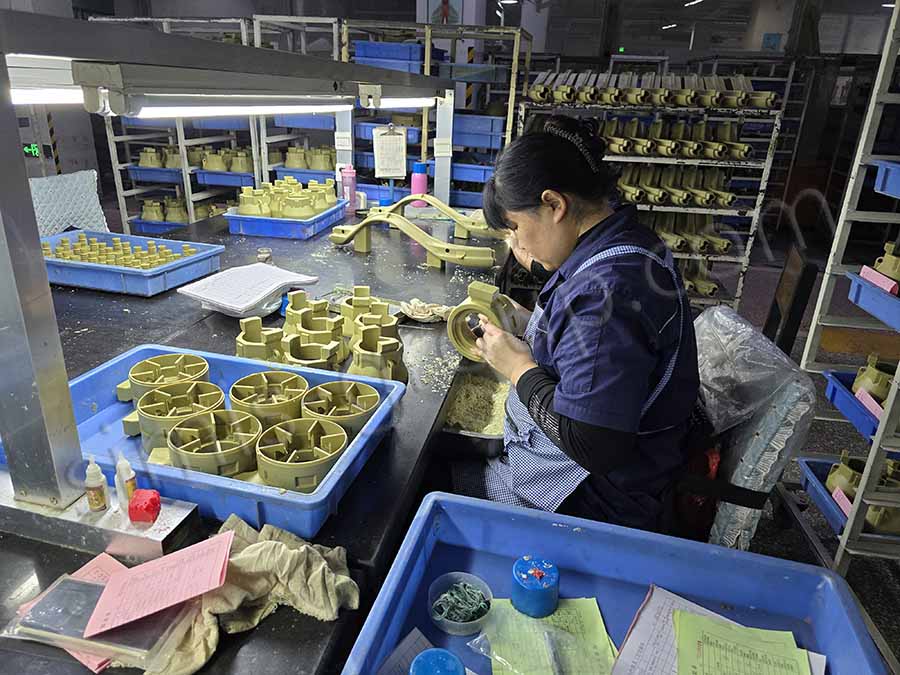
(Making wax models)
After the wax pattern is completed, ceramic slurry is repeatedly applied to form a ceramic shell. This shell is sintered at high temperatures, resulting in a dense and smooth surface, unlike the grainy texture of sand molds. In the production of ceramic shells, we use refractory materials (such as silica sol or aluminosilicate) with fine particles that can fill even the smallest imperfections. For example, in the production of automotive turbocharger parts, the surface of the turbine blades produced using investment casting requires almost no post-polishing and is ready for use. Sand casting, on the other hand, often results in embedded sand particles, requiring extensive cleaning.
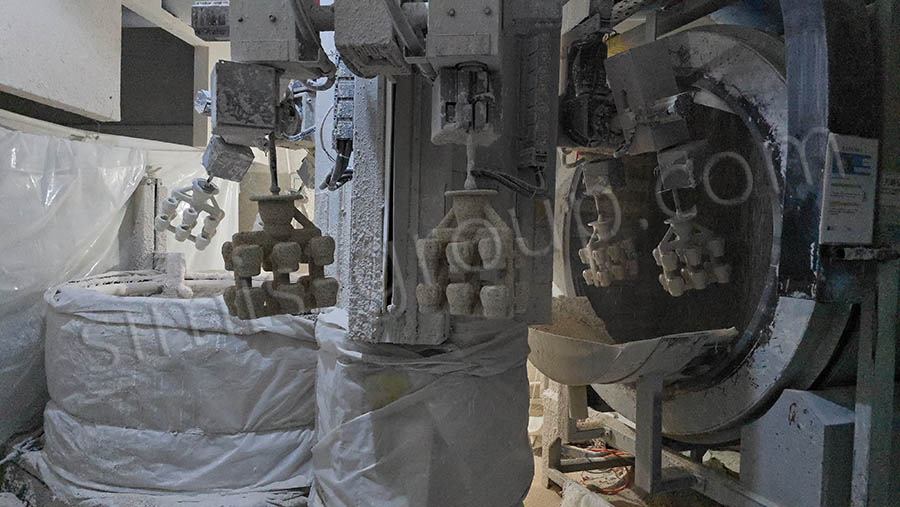
(Repeated coating of ceramic slurry)
Core Reason 2: Process Control—No Parting Surfaces and Pouring Interference
Other casting processes, such as sand casting or die casting, often have parting surfaces (the joining surfaces of the mold). These surfaces are prone to flash and burrs, which must be manually removed after pouring, leaving traces on the surface. Investment casting has no parting surfaces—the ceramic shell is a single piece, with molten metal injected through the gating system, and the shell cavity is sealed. This avoids the unevenness caused by the parting surface.
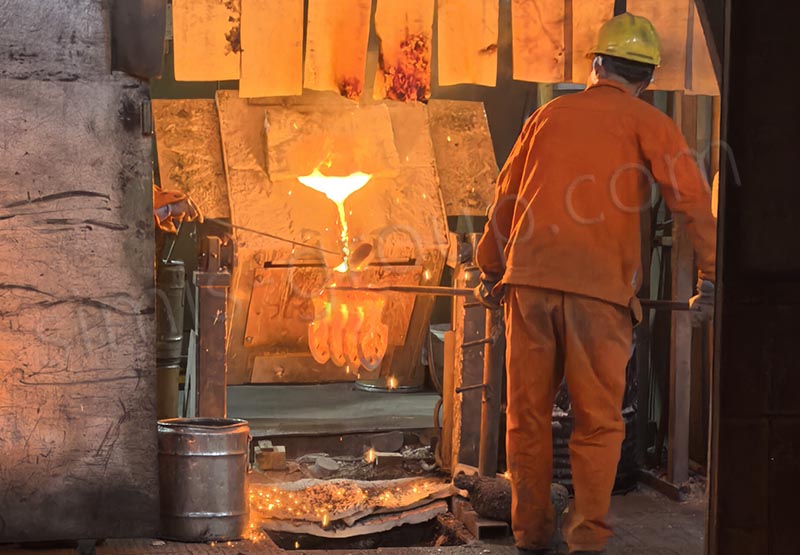
(Pouring)
Metal flow during the pouring process is also critical. In investment casting, a well-designed gating system ensures smooth metal filling and minimizes turbulence. Turbulent flow can entrap gases and impurities, creating pores or slag inclusions that affect the surface. In contrast, in sand casting, the molten metal directly impacts the sand mold, easily lifting sand particles and causing them to adhere to the casting surface. I once worked on a pump casting project: sand casting consistently produced surface holes, leading to a high scrap rate. Switching to investment casting resulted in a mirror-like surface finish, with the defect rate dropping from 15% to less than 2%.
Core Reason 3: Synergistic Effects of Materials and Cooling
Investment casting is typically used for high-end materials such as high-alloy steel, stainless steel, or high-temperature alloys. These materials inherently have good flow properties, allowing for better reproduction of surface details in precision ceramic shells. During the cooling process, the ceramic shell's thermal conductivity is relatively uniform, allowing the casting to cool slowly, reducing deformation or surface cracking caused by thermal stress. In contrast, while die casting also produces a good surface finish, it uses a metal mold, which cools too quickly, easily creating cold shuts or flow marks, resulting in unstable surface quality.
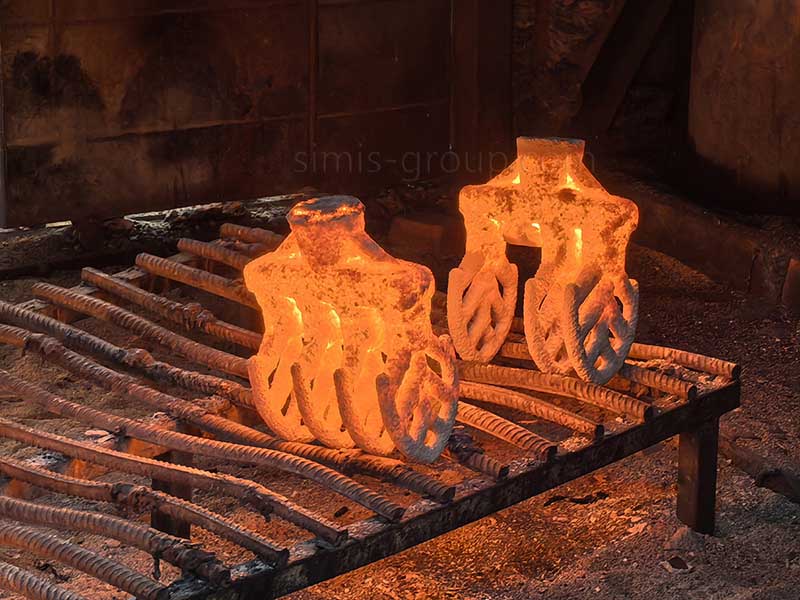
(Cooling)
Now let's discuss the demolding process. Investment casting uses melting or dissolving the wax pattern to release the mold. This method doesn't involve mechanical force and therefore doesn't damage the mold surface. Sand casting, on the other hand, requires breaking the sand mold during demolding, which inevitably leaves sand particles behind. I remember once helping a valve manufacturer improve their castings. Previously, using sand casting, sand stuck to the surface, leading to numerous customer complaints. After switching to investment casting, the surface roughness improved from Ra 12.5 to Ra 3.2, with the customer praising it as "like a polish."
Comparison in Practical Applications: Investment Casting vs. Other Processes
For a more tangible comparison, let's compare sand casting and die casting. Sand casting is low-cost and suitable for large parts, but its surface quality suffers—the coarse sand particles make the surface feel like sandpaper after the molten metal penetrates. Die casting offers a better surface quality, but is limited to non-ferrous metals, such as aluminum alloys. Furthermore, metal molds have a limited lifespan and are prone to surface bubbles. What about investment casting? It can handle complex shapes and achieve high levels of surface detail. For example, the intricate patterns on the jewelry and golf heads we've created are cast directly, eliminating the need for post-engraving.
During quality control, we also use microscopes to observe the surface. Investment castings have a finer crystal structure due to the well-controlled cooling rate; sand castings, on the other hand, often suffer from coarse grains, leaving them feeling rough to the touch. This isn't boasting; it's the result of years of metallographic analysis.
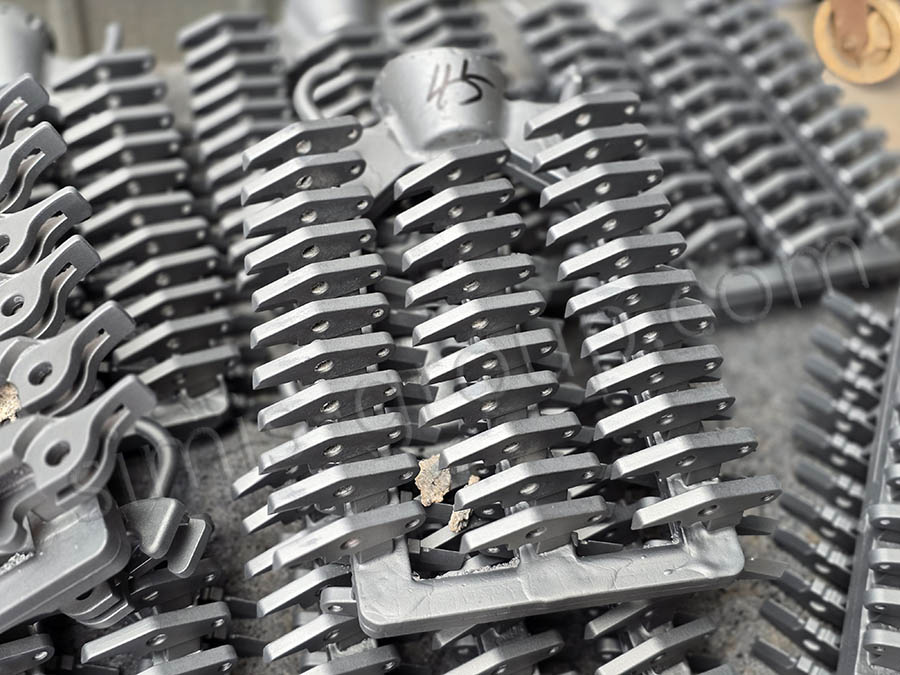
(Investment Casting-Casting Surface)
Conclusion:
The superior surface finish of investment castings is due to precision in every step, from the wax pattern to the ceramic shell, to pouring and cooling. The absence of parting lines, the absence of sand particles, and the smooth flow of molten metal all contribute to a superior surface finish. While investment casting is costly and suitable for high-value-added parts, it's definitely the preferred choice if you're looking for a "superior finish."


